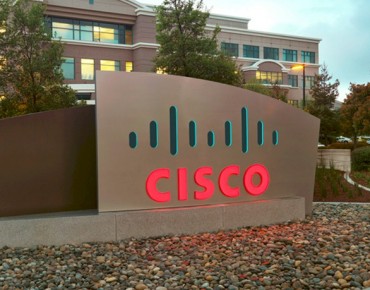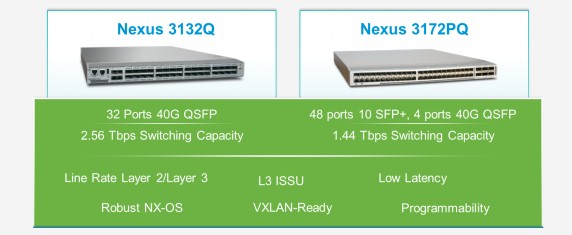Cisco Aims Low Latency Switches at the Enterprise Masses

One of the missions here at EnterpriseTech is watching high-performance technologies trickle down from on high and get adopted by large enterprises.
This week, Cisco Systems is taking some low-latency switches that were initially aimed at high frequency trading applications and tweaking them so they are appropriate for other enterprise customers looking for high bandwidth, low latency, or both at the same time.
The irony is that the key information about these new Nexus 3100 series switches – the latency on port-to-port hops – was not available when they were launched. Sources at Cisco tell us that the performance tests on the Nexus 3100s will be done by the middle of November, so if you are shopping for low-latency switches, you might want to lean on your Cisco sales rep to get the inside data.
The two new Nexus 3100 switches were announced in a blog post ahead of the Interop networking conference in New York this week, Cisco has divulged most of the feeds and speeds and pricing, so we can tell you about that.
There are two models of the Nexus 3100 series. The Nexus 3172PQ has the same port 48 10GB/sec port configurations as the original Nexus 3064, but it has six 40 Gb/sec uplinks instead of four. These can be split down to an additional 24 10 Gb/sec ports using splitter cables. With those extra ports comes a need for more oomph in the ASIC, and in this case the one in the Nexus 3172PQ it has 1.44 Tb/sec of switching capacity, a boost of 12.5 percent, and can handle 1 billion packets per second. Cisco says it is optimized for low latency and low power consumption. We can tell you about the power consumption, which is somewhere between 143 watts and 206 watts depending on the port speed and cabling at 100 percent load.
The Nexus 3132Q is probably the more interesting of the two new switches in that it packs a lot more bandwidth in its 1U enclosure and has 40 Gb/sec ports. This switch is probably going to be used in next-generation high frequency trading systems that are looking for a bandwidth upgrade to 40 Gb/sec – provided the latency is below 1 microsecond, because lower latency matters, too.
The Nexus 3132Q, with 32 40 Gb/sec ports using QSFP+ connectors, does not. As with other switches, these 40 Gb/sec ports can be split down to four ports each running at 10 Gb/sec. There are also four SFP+ ports running 10 Gb/sec on the Nexus 3132Q that are multiplexed with the first QSFP+ port. This switch has 2.56 Tb/sec of aggregate switching capacity and 1.4 billion packets per second of forwarding capacity.
The Nexus 3172PQ has a list price of $30,000, while the Nexus 3132Q will have a list price of $50,000. Both are expected to be available sometime in October.
The original Ethernet switches that Cisco aimed at low-latency workloads were the Nexus 3064; they came out announced in March 2011, and they had a latency of about 1 microsecond between port hops. This switch had 48 SFP+ ports running at 10 Gb/sec and four QSFP+ ports running at 40 Gb/sec. These four faster ports could be split down four-to-one to yield a total of 64 ports running at 10 Gb/sec. The chip powering the switch had 1.28 Tb/sec of switching capacity for both Layer 2 and 3 switching and can crank through 950 million packets per second. (Cisco didn't announce pricing at the time of launch, so we don't have that data.)
The peppiest of Cisco's Nexus switches is the 3548, announced a year ago; it delivered latencies of between 50 nanoseconds and 250 nanoseconds, depending on if a port is talking to one port or multicasting to many at the same time, as happens in financial applications..(Cisco had some clever tricks in its "Monticello" ASIC to drop latencies to the floor.) The Nexus 3548 only had 10 Gb/sec ports, however, unlike the new Nexus 3100 switches. It cost $41,000.











